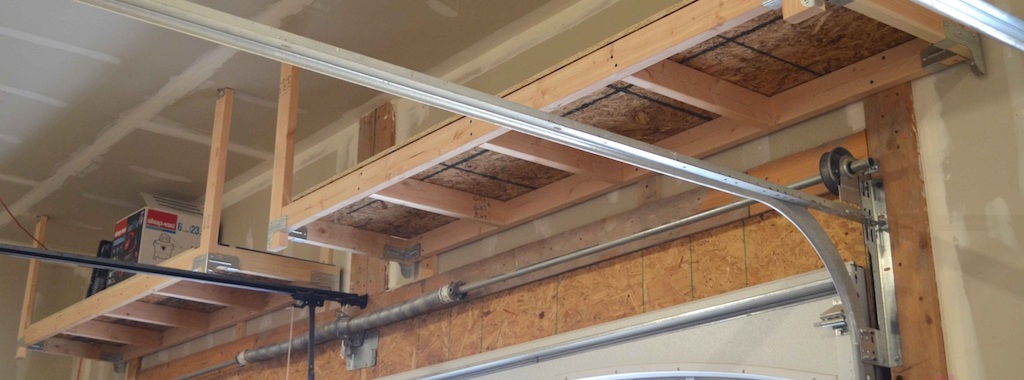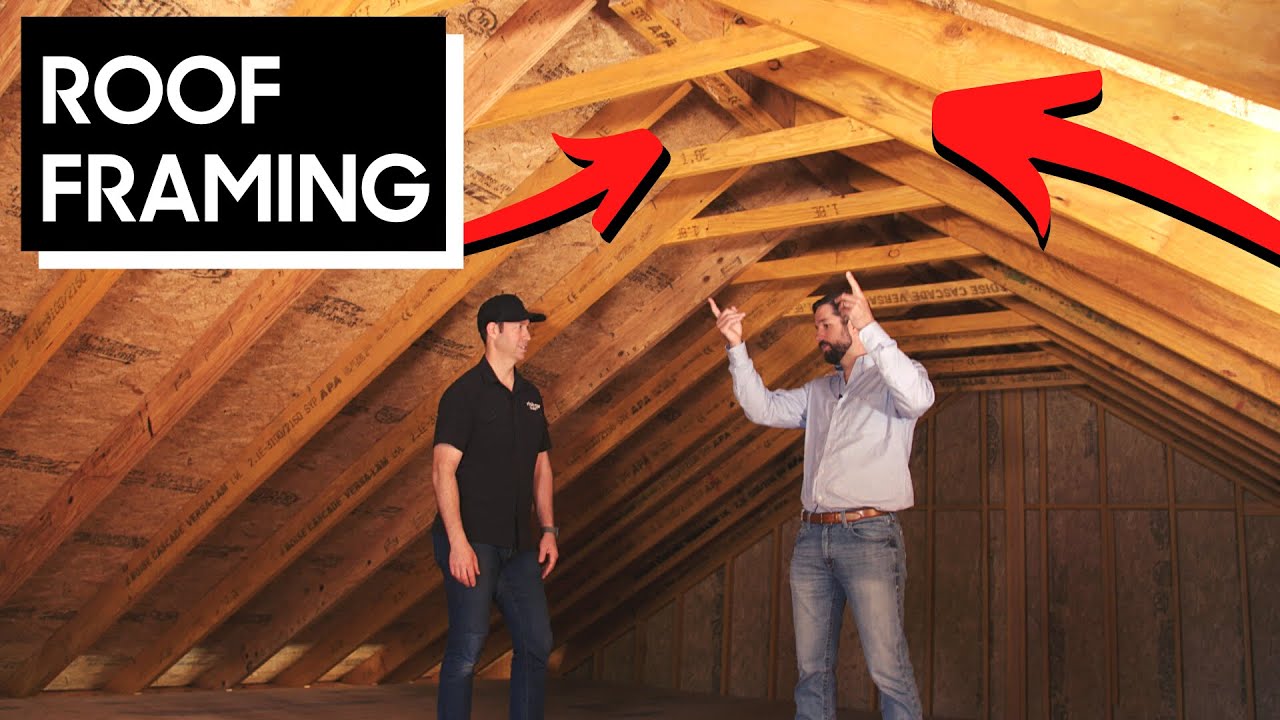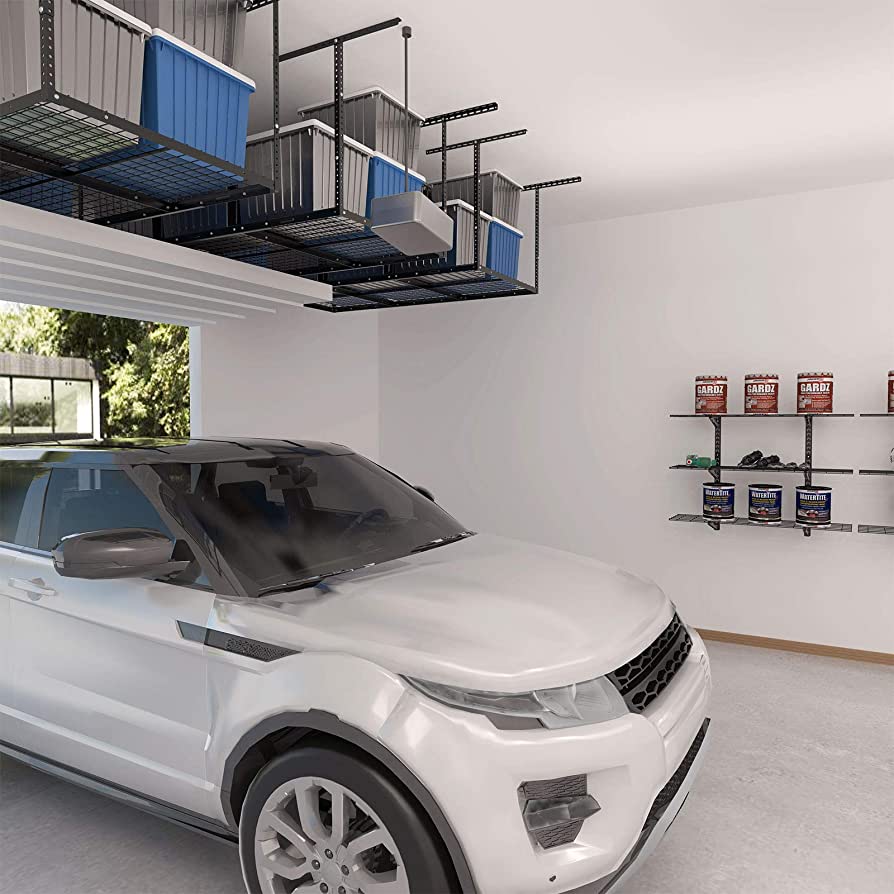
Roll up doors are a great option for storage or partitioning rooms in commercial buildings. It allows for space savings by avoiding overhead space when it is open and closed, and provides security with an insulated design that keeps your business well protected from the elements.
A wide range of options are available to meet the specific needs of your business. We have a wide range of options to meet your needs, including fire-rated and insulating service doors.
Fire Rated Door
A rolling fire-rated doors is a fire safety device that restricts flames and smoke from spreading to one area of the building. These doors are often required in new construction.

These doors can be installed in parking garages or delivery docks. When they are opened, these doors are made from steel slats. They coil around a cylindrical support. They are made to withstand extreme environments, and nearly all the major manufacturers offer hurricane wind load certification for their models.
Thermiser Max(r), Insulated Rolling Door
Thermiser Max(r), an insulated roll-up door, offers superior insulation. It has a 1.375 inch slat thickness and a low profile design that reduces air infiltration by 94%. This type of door is a great choice for energy efficiency and LEED certification.
Aluminium Panels and Glass
For your commercial roll up doors, choose aluminum panels. This will ensure that it won't rust for many years. This material is also less expensive than other materials, and it can be customized to meet your specific needs.
This type door is perfect to be used in commercial or industrial settings that require a sturdy, yet durable door. They are a great choice for warehouses or manufacturing plants.

These doors are great for seperating storage areas from the rooms in warehouses and factories. These doors are easy clean and maintenance and can be easily pulled out to save space.
Glass Door
If you are looking for a modern, contemporary style that offers plenty of natural light and access to outdoor spaces, glass roll up doors are an excellent choice. These doors are also a great way to create an entertaining space between two rooms.
Roll-up doors can be difficult to fit in every room and style. This is especially true if you plan on installing them in interior spaces. They may not offer the same insulation as other types of door, which can lead to higher utility bills. When you are considering installing them, think about how they might affect the appearance of your office or home.
FAQ
How long does it usually take to remodel your bathroom?
Remodeling a bathroom typically takes two weeks to finish. The size of your project will affect the time taken to remodel a bathroom. For smaller jobs such as installing a vanity or adding an stall to the bathroom, it can usually be done in just a few hours. Larger projects such as removing walls, laying tile floors, or installing plumbing fixtures may require several days.
Three days is the best rule of thumb for any room. This means that if there are four bathrooms, you will need 12 days.
What should I do about my cabinets?
It all depends on whether or not you plan to rent your home out. If you're planning to sell, you'll probably want to remove and refinish the cabinets. This gives buyers a feeling of newness and allows them to visualize their kitchens when they move in.
If you are looking to rent your house, it is best to leave the cabinets as-is. Many tenants are unhappy with the mess left behind by former tenants.
You might also think about painting your cabinets to make them appear newer. Make sure to use high-quality primers and paints. Low-quality paints may crack over time.
What are the largest expenses when remodeling a kitchen
There are several major costs involved in a kitchen remodel. These include demolition, design fees, permits, materials, contractors, etc. Although these costs may seem relatively small, if you take them all together, they can quickly add up. However, when you combine them all, they quickly add-up to become very large.
The most expensive cost is probably the demolition. This includes removing cabinets, countertops and flooring. You will then need to remove the insulation and drywall. Finally, you have to replace those items with new ones.
Next, an architect must be hired to create plans for the space. Next, you must pay for permits to ensure the project meets building codes. Next, you will need to hire someone to actually build the project.
Once the job has been finished, you need to pay the contractor. It is possible to spend anywhere from $20,000 up to $50,000 depending on the size and complexity of the job. You should get estimates from multiple contractors before you hire one.
Planning can help you avoid many of these expenses. You may be eligible to get better prices on materials, or you might even be able skip some of your work. Knowing what is required will allow you to save both time and money.
Many people attempt to install cabinets themselves. People believe that this will save them money since they won't have to hire professionals for installation. It is often more expensive to have professional installation services. A professional will usually finish a job in half as much time as you would.
Unfinished materials can also be a way to save money. You should wait until all of the pieces have been assembled before you buy pre-finished items like cabinets. Unfinished materials can be used immediately by you if purchased. Even if it doesn't go according to plan, you can always change your mind later.
But sometimes, it isn't worth going through all this hassle. Remember: the best way to save money on any home improvement project is to plan.
How much does it take to completely gut and remodel a kitchen?
If you've been thinking about starting a renovation project for your home, you may wonder how much it would cost.
The average kitchen renovation cost is between $10,000-$15,000. However, there are ways to save money while improving your space's overall look and feel.
Preparing ahead can help you cut down on your costs. You can do this by choosing a design style that suits you and your budget.
You can also cut costs by hiring an experienced contractor. A professional tradesman knows exactly how to handle each step of the construction process, which means he or she won't waste time trying to figure out how to complete a task.
It's best to think about whether you want your current appliances to be replaced or kept. Remodeling a kitchen can add thousands of pounds to its total cost.
You might also consider buying used appliances over new ones. Because you don't need to pay for installation, buying used appliances can help you save some money.
Last but not least, shopping around for materials or fixtures can help you save some money. Many stores offer discounts during special events, such as Black Friday or Cyber Monday.
What's the difference between a remodel or a renovation?
Remodeling is any major transformation of a room or portion of a bedroom. A renovation involves minor changes to a specific room or part of it. A bathroom remodel, for example, is a major undertaking, while a new sink faucet is minor.
Remodeling involves replacing a complete room or a part of a entire room. Renovating a room is simply changing one aspect of it. A kitchen remodel might include the replacement of countertops, sinks as well as appliances, lighting, and other accessories. An update to a kitchen could involve painting the walls or installing a new light fixture.
How much would it cost to gut a home vs. how much it cost to build a new one?
A home gutting involves the removal of all interior items, including walls, floors ceilings, plumbing and electrical wiring, fixtures, appliances, and fixtures. It is often done when you are moving to a new location and wish to make some improvements before you move in. Gutting a home is typically very expensive because so many things are involved in doing this work. Your job may require you to spend anywhere from $10,000 to $20,000 to gut your home.
A builder builds a home by building a house frame-by-frame, then adds doors, windows, doors and cabinets to the walls. This is usually done after buying a lot of lands. Building a home usually costs less than gutting and can cost between $15,000 and $30,000.
When it comes down to it, it depends on what you want to do with the space. You'll need to spend more if you plan to gut your home. It doesn't matter if you want a home built. You can build it as you wish, instead of waiting to have someone else tear it apart.
Statistics
- About 33 percent of people report renovating their primary bedroom to increase livability and overall function. (rocketmortgage.com)
- 55%Universal average cost: $38,813Additional home value: $22,475Return on investment: 58%Mid-range average cost: $24,424Additional home value: $14,671Return on investment: (rocketmortgage.com)
- Windows 3 – 4% Patio or backyard 2 – 5% (rocketmortgage.com)
- According to a survey of renovations in the top 50 U.S. metro cities by Houzz, people spend $15,000 on average per renovation project. (rocketmortgage.com)
- $320,976Additional home value: $152,996Return on investment: 48%Mid-range average cost: $156,741Additional home value: $85,672Return on investment: (rocketmortgage.com)
External Links
How To
How can you plan a bathroom without breaking the bank?
You must ensure you have the financial ability to pay for any remodeling project. If you can't afford it now, how will you be able to pay later?
You need to be able to budget and plan for bathroom remodeling. It is not cheap to remodel a bathroom.
Labor is one of the largest expenses. Prices for labor vary depending on how big the job is and whether you are hiring a professional contractor or DIYer. A professional contractor will charge more an hour than a DIYer due to their experience and expertise.
Another big expense is materials. Depending on your type of material, prices may range anywhere from $100 to $1000 per square foot.
The cost of energy is also an important factor. This includes both electric and gas bills. Peak demand periods are when energy costs can rise.
You also have to consider the time required to complete the project. Bathroom renovations usually require patience and time. Some projects can take weeks to finish, while others can take months.
Other than these three main categories, smaller items such paint, wallpaper, and flooring can add to the project’s overall cost.
Here are some tips for bathroom remodeling projects:
-
You should determine your budget before you start any remodeling project. It doesn't matter if you think you can afford it or not. The key is to set a realistic budget, so you know exactly where you stand financially.
-
Plan ahead - When possible, schedule your bathroom remodel during the off-season. Lower energy usage in winter means you'll save money on heating or cooling. You could even consider scheduling your remodel at night when fewer people use the restroom.
-
Take a look at other vendors - Now that you have decided on a budget, it's time to begin looking around for possible vendors. There are many options for you. These include local businesses, online sellers, friends, family, and even relatives who may be willing or able to work with your project.
-
Choose an Estimator – Once you have identified all potential vendors, you need to contact each individual for estimates. To ensure that you receive competitive pricing, you should get multiple quotes.
-
Get Multiple Estimates - After receiving your initial estimates, you should compare them against one another to see which vendor offers the lowest price. Once you have located the vendor, ask them to send you a written estimation.
-
Include All Costs in Your Estimate - You need to include all expenses you intend to spend on your project. Include details about fees, taxes and permits that may be required in your area.
-
Don't Neglect Small Details - While planning your bathroom remodel, you should also pay attention to small details. For example, do you need a new toilet? Is there sufficient space to mount a shower curtain rod on the wall? These modifications can easily increase your project's cost.
-
Consider insurance - Your bathroom remodel will have a significant impact on your insurance coverage. Don't forget to check your insurance company if you haven't already. You may end up with additional costs.
-
Hire A Professional - Finally, once you have completed your bathroom remodel, always hire a professional to install the final fixtures. Although you may be capable of doing the job yourself it is easier to hire someone to do it correctly.